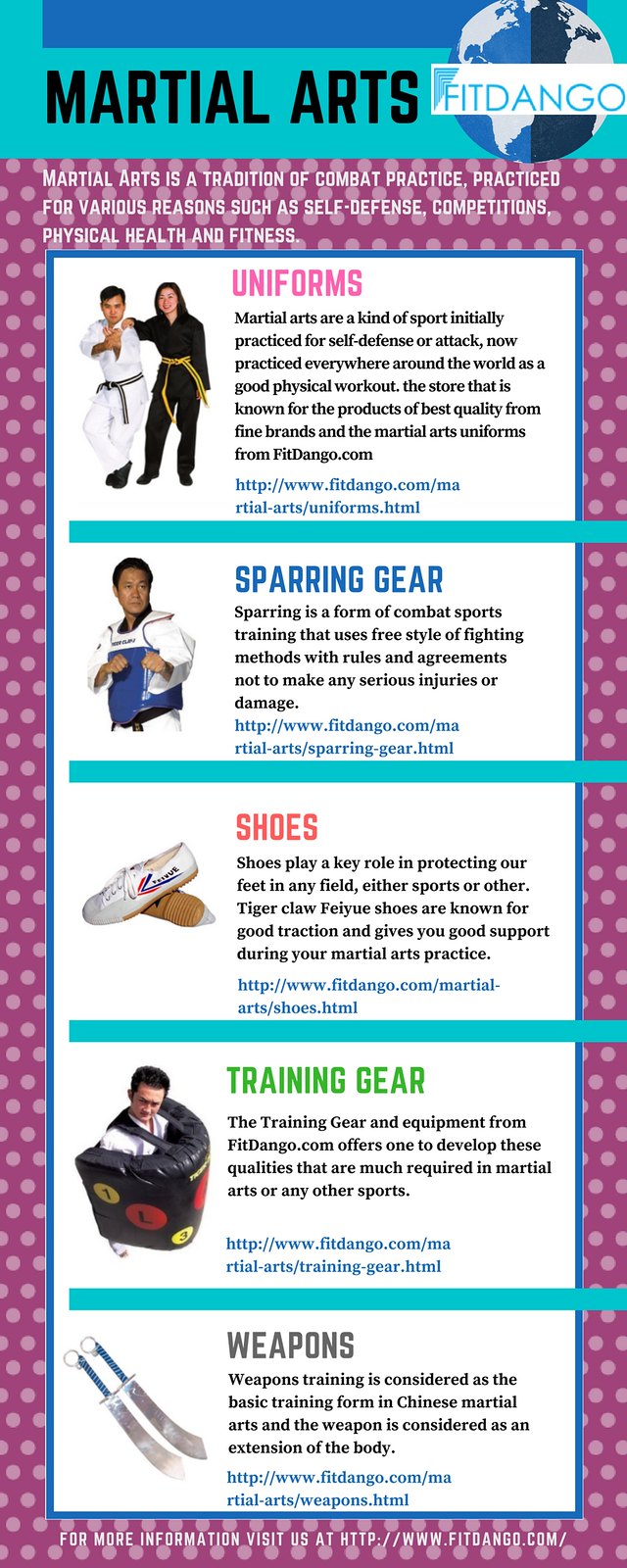How Versatility Changes Martial Arts Training. Enhance Your Strategy, Stop Injuries, And Master Advanced Relocations With This Game-Changing Adaptability Guide
How Versatility Changes Martial Arts Training. Enhance Your Strategy, Stop Injuries, And Master Advanced Relocations With This Game-Changing Adaptability Guide
Blog Article
Web Content Create By-Lamont Haslund
Did you understand that versatility plays a crucial role in martial arts training?
Actually, a study carried out by the International Journal of Sports Physical Treatment revealed that over 80% of martial musicians battle with restricted adaptability.
Yet why is flexibility so important? Well, it not just enhances your efficiency and strategy however likewise lowers the threat of injuries.
So, if you're wanting to take your martial arts skills to the next degree and remain injury-free, you'll absolutely want to keep reading.
Benefits of Adaptability in Martial Arts
Versatility in fighting styles brings numerous advantages to specialists, allowing you to boost your efficiency and minimize the danger of injury. By boosting your versatility, you increase your variety of activity, allowing you to implement techniques with higher precision and performance.
This enhanced dexterity and fluidness in your movements can provide you a competitive edge, enabling you to respond quicker and adapt to various situations throughout sparring or competitors. Furthermore, enhanced adaptability helps to stop injuries by boosting muscular tissue flexibility and joint mobility.
It enables your body to relocate extra freely, reducing the stress on your muscle mass and ligaments. This, consequently, minimizes the possibilities of sprains, strains, and muscular tissue pulls. By including adaptability training into your fighting styles practice, you not only improve your efficiency yet also secure your physical wellness.
Strategies to Improve Flexibility
To enhance your versatility in fighting styles, you can integrate different stretching workouts into your training regimen.
One effective technique is vibrant extending, which entails relocating with a complete series of motion to warm up your muscular tissues and enhance flexibility. Examples include leg swings, arm circles, and trunk turnings.
Another strategy is static extending, where you hold a go for a continual period of time. https://cesarzafwh.qodsblog.com/32486334/gaining-expertise-about-the-numerous-methods-to-martial-arts-educating helps lengthen and unwind your muscles, boosting versatility gradually. Typical fixed stretches for martial arts consist of the butterfly stretch, hamstring muscle stretch, and shoulder stretch.
Additionally, including yoga or Pilates right into your training can also greatly boost your adaptability.
Bear in mind to always warm up prior to extending and pay attention to your body to prevent injury.
Versatility Training for All Ability Levels
As you progress in your martial arts training, boosting your flexibility becomes necessary for improving your overall efficiency. Flexibility training isn't only useful for advanced practitioners however also for newbies and intermediate trainees.
Despite your ability degree, incorporating versatility exercises into your training routine will aid you develop a wide range of movement, prevent injuries, and improve your strategy execution.
For novices, flexibility training can help enhance your form and posture, permitting you to execute motions appropriately and effectively. Intermediate practitioners can use flexibility training to additional boost their range of activity and boost their fluidity in performing complex strategies. Advanced trainees can gain from versatility training by keeping and fine-tuning their existing adaptability, allowing them to perform advanced moves effortlessly.
Conclusion
Finally, embracing versatility in your martial arts training is paramount. By incorporating methods to improve adaptability, you can boost your performance and avoid injuries.
Remember, 'An adaptable body is a resistant body.' So, maintain pushing your restrictions, extending regularly, and profit of a flexible and nimble body.
